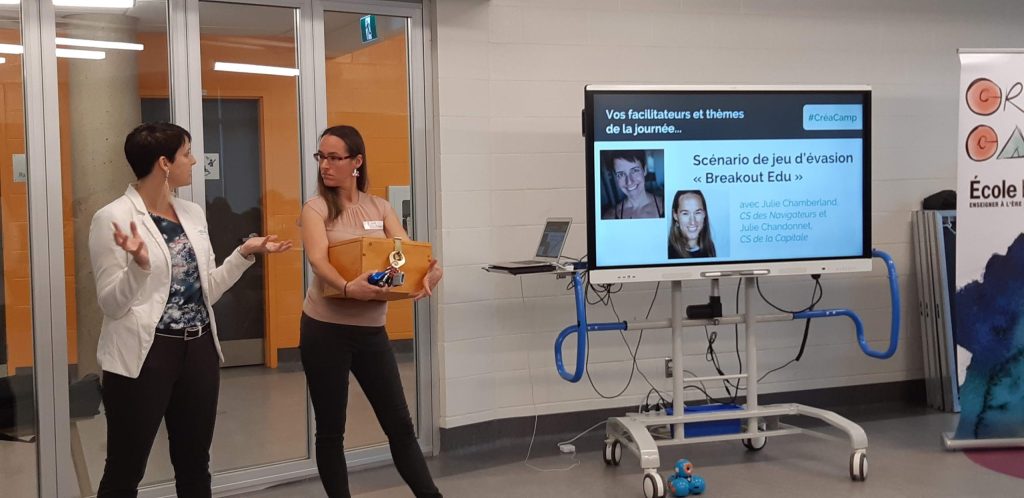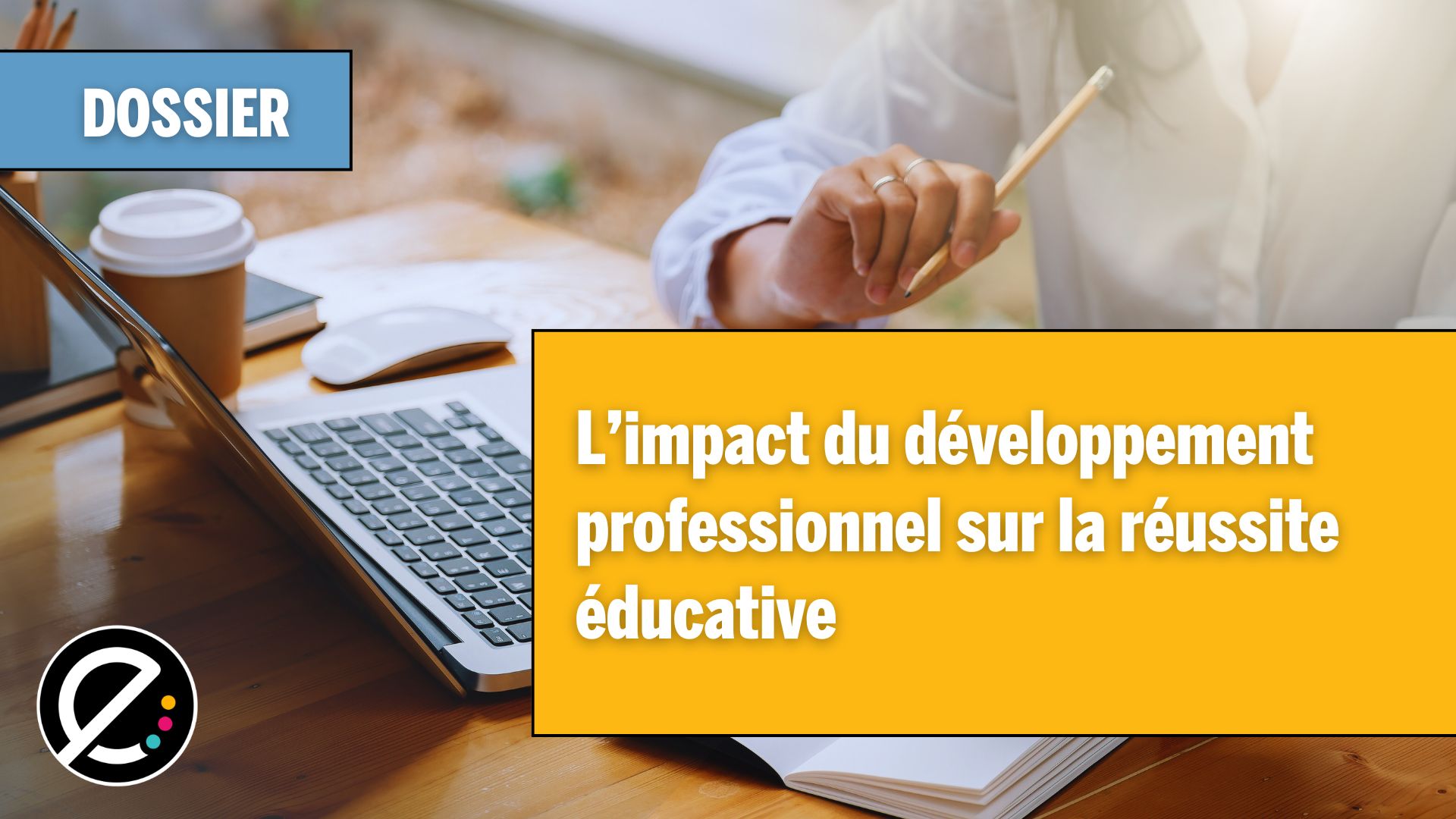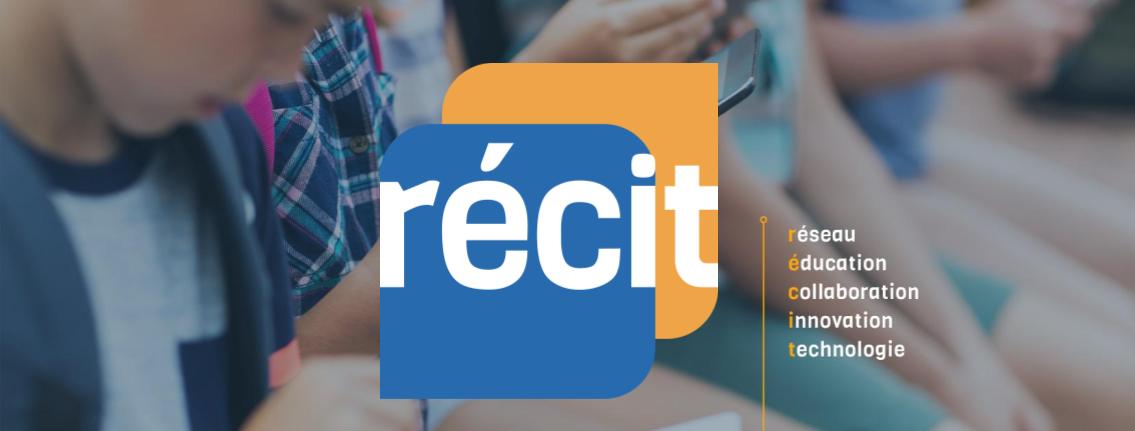Explorer le potentiel pédagogique des jeux d’évasion et imaginer un scénario adapté à son contexte et à ses élèves, voilà ce qui était proposé par le duo de facilitatrices Julie Chandonnet et Julie Chamberland lors du CréaCamp du 1er novembre dernier à Montréal. Cet atelier a été un véritable déclencheur pour Audrey Lefebvre qui nous raconte, dans cet article, comment elle a réinvesti ses apprentissages dans les mois qui ont suivi son expérience au CréaCamp.
Merci à Mme Lefebvre d’avoir pris le temps de rédiger ce témoignage inspirant! Et à tous ceux et celles qui auraient vécu des expériences post-CréaCamp intéressantes, n’hésitez pas à en faire autant.
Par Audrey Lefebvre
Passionnée depuis longtemps de la formule en huis-clos dans divers centres, j’ai vraiment été vendue à l’idée de pouvoir permettre aux élèves d’utiliser, de manière ludique et en équipe, leurs connaissances nouvellement acquises dans des jeux d’évasion éducatifs.
J’ai eu la chance de participer à la formation des Julie’s le 1er novembre 2018 et je me suis mise au défi d’achever dans mon milieu le jeu commencé en équipe lors du CréaCamp. La planification demande beaucoup de travail mais elle est essentielle pour définir ce que l’on souhaite évaluer avec notre jeu d’évasion. Le plus grand défi est d’amener les élèves à résoudre des problèmes sans poser de questions.
Bibliothécaire, je me suis demandé comment je pouvais intégrer les notions bibliothéconomiques ou de recherche aux apprentissages des enfants et j’ai découvert avec plaisir que le jeu d’évasion s’y prête très bien. Il m’a fallu environ 8h de création et trois groupes test (un de CP, un d’enseignants, un d’élèves) pour que j’arrive à une version de mon jeu adaptée à ma clientèle ciblée. Mais quel plaisir de voir l’enthousiasme des élèves lorsqu’ils y participent!
Les retours sont tous positifs et les élèves sont parfaitement en mesure d’identifier quelles notions ils ont utilisées pour être capables de venir à bout des énigmes. On pourrait croire qu’un grand groupe (20 personnes et plus) ne parviendrait pas à s’organiser, mais j’ai pu constater par moi-même que mes craintes étaient infondées et que tout le monde finit par y trouver son compte. Certes, ce n’est pas un outil d’enseignement de nouvelles notions, mais il trouve sa place dans le côté évaluation des apprentissages. Et tout cela avec le sourire!
Un témoignage d’un des enseignants qui l’a fait vivre dans sa classe : « J’apprécie que cela permette à mes élèves d’utiliser, dans une situation concrète, les notions mathématiques que je leur enseigne ».






